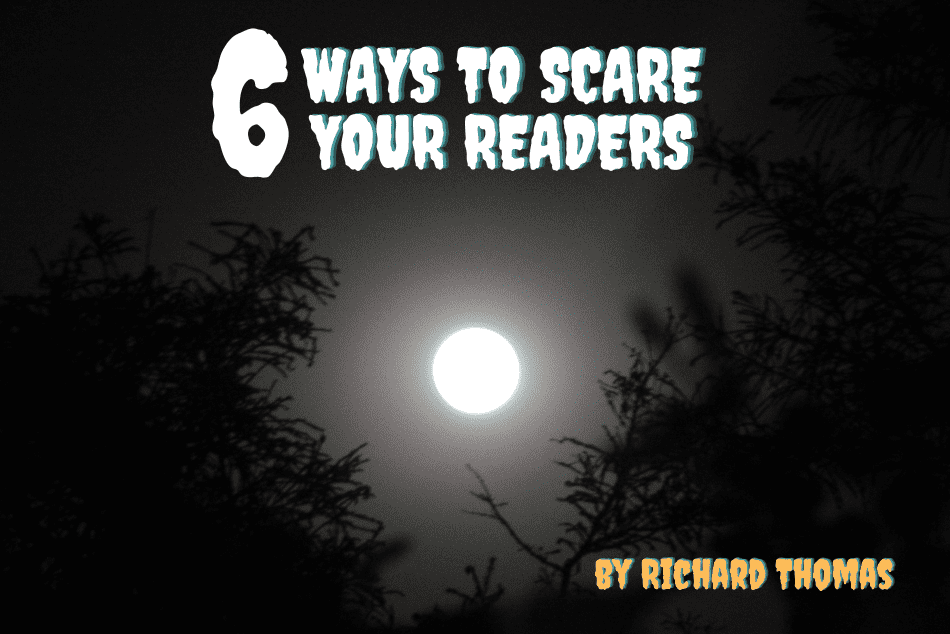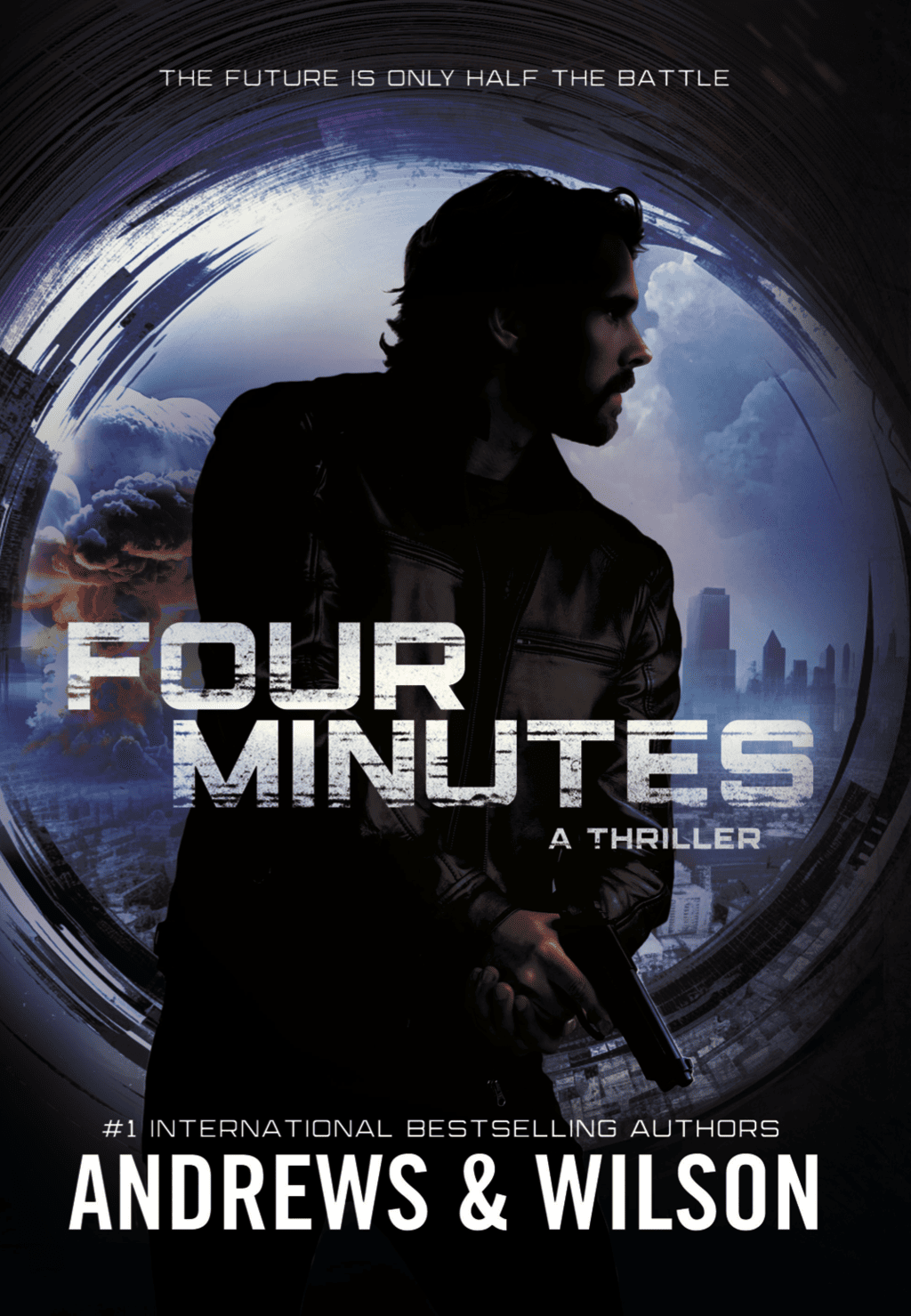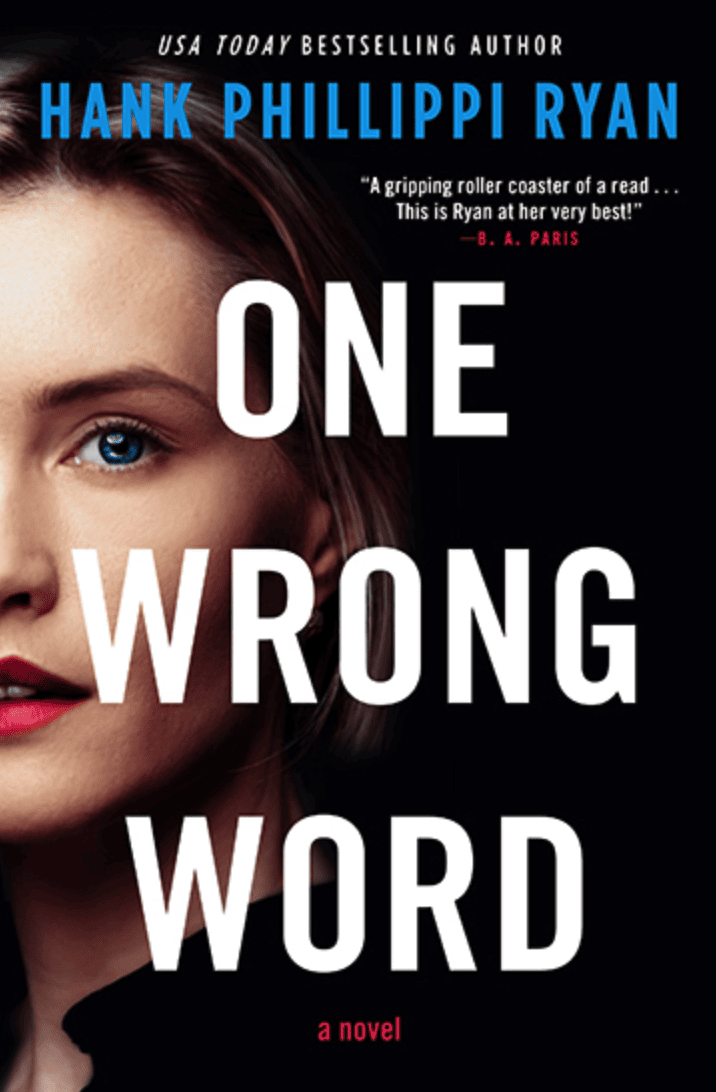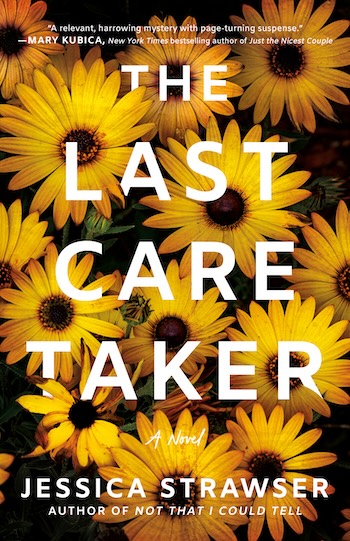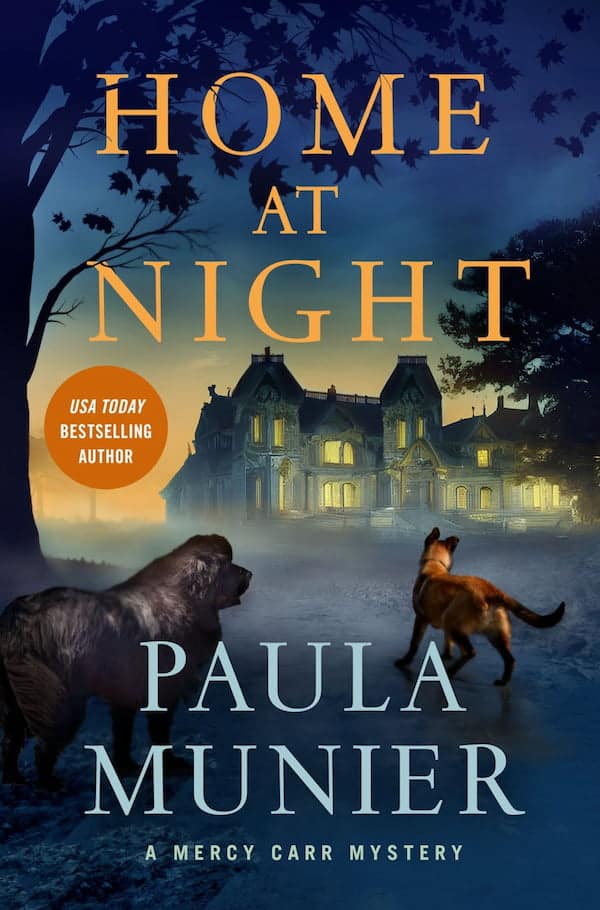Why do we ride rollercoasters? Because we like that thrill, we like being scared, but we don’t really want to die. Horror can be cathartic, coming out the other side intact, a brush with something terrifying. So, how can you scare your readers? Here are six ways to do that.
- Start with the Real, and Build to the Unreal: One way you can scare your readers is to build up a world that is believable first—show the father going to work, the strange offerings on the doorstep, the ways that he ignores it, working hard all day at an accounting firm. Start with a family, a friendship, a job—even the mundane. Use that world to help lure your readers into a false sense of security. I think about the opening to the film Hereditary—the doll houses, and the woman that makes these dioramas, the family around her that is a bit off. I think about “The Paperhanger” by William Gay, and the everyday task of putting up wallpaper. I think about Jack Torrance talking to his family, going on a job interview, driving up a winding road to the hotel in The Shining. Bit by bit, you will build a world, and then seed it with the uncanny, the weird, the unsettling.
- Get Us to Care First: As you’re building that world, realize that we need to CARE about your characters before you do bad things to them. We need to see that woman who just lost her mother in Hereditary. We need to see the vulnerability of the little girl in “The Paperhanger” and her relationship with this tradesman. We need to see the family dynamic of the Torrance family, and the broken arm of Danny, to understand the violence that is inherent in Jack. Much like you can’t hate until you love (because the opposite of love is not hate, it is APATHY) we must build up these emotions. You don’t really hate the pizza guy who gave you the wrong pizza—you’re just disappointed. Now, if he slept with your wife of ten years, her betrayal would certainly cause you to hate her. Use empathy and sympathy, show the vulnerabilities and struggles, convey to us that your protagonist is a good person—before you introduce the horror. Build them up before you tear it all down.
- Balance the Terror and the Horror: People often think that terror and horror are the same thing, and they are not. Terror is an emotion built out of unease, discomfort, and the unsettling. Terror is the clue, the offering, the seed, the hint, the building tension, the pattern that is starting to emerge, the emotions that come out of that—fear, and uncertainty, and anxiety. Horror is these emotions made manifest. It’s the reveal, the truth, the creature shown, the mystery solved, the violence finally enacted. If you can play that back and forth game between hint and reveal, letting those details add up to something more than the sum of the parts, then you stand a really strong chance of horrifying your readers, as they are invested, they have helped to figure this out, and what you have been hinting at is something they do not want to see happen.
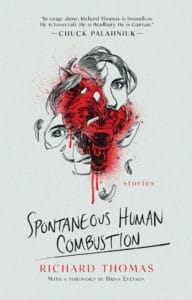
- Fear of the Unknown: When it comes to scaring people, sure, sometimes when you show the werewolf, the vampire, the demon, or the zombie, that can be horrifying. But what is a basic fear that we all have, a universal truth? A fear of the unknown. People are scared of things they don’t understand, don’t know, something uncanny, that’s not familiar, something strange, and rare, and grotesque. Why? Because it’s a hard problem to solve. If you see a nail sticking out, you grab a hammer and bang it back in. People like to fix things, but in order to do that, they have to first diagnose the problem, understand what they are up against. It’s as simple as the Phillips or standard flathead screwdriver, throwing water on the fire or baking soda, understanding the disease or illness so that the right medicine can be taken. That’s why cosmic and Lovecraftian horror is so unsettling—things are hard to see, to understand, to comprehend. And honestly, with so many monsters being used these days, when I just said werewolf or vampire, didn’t you roll your eyes a bit? Here we go again, you say. But what if, instead, I described a gangly six-legged furry beast loping around the woods behind your house, howling and growling, a mouth full of long, pointed teeth, its mottled, gangrene fur coming off in chunks, underneath the skin scaly scales that ripple with wormy undulations? What the hell is that? And how do we stop it? Werewolves get a silver bullet, vampires get a stake through the heart. This thing? Who knows.
- Setting, Atmosphere, Mood, and Tone: Horror is all about the vibe, right? Your setting—using all five senses to give us sight (beast), sound (growl), smell (rotting), taste (bitter), and touch (furry)—is where we start. In horror, setting is as important as anything, showing us those creepy woods, the haunted house, the chilly basement, the abandoned asylum, the dusty attic. When you build your world with that terror and horror in mind, you create an immersive atmosphere the wraps around your audience and doesn’t let go. It is a tone that implies that everything is going wrong—the choices, the characters, the plot, the conflicts, the enemy. The mood is one of dread, uncertainty, fear, and reluctance. All of those elements together cast a spell that’s hard to ignore. You want the reader to be immersed in this world, so much so that when something bad happens—loud, violent, unsettling, or uncanny—the reader starts to sweat, they might jump or gasp, they flush with heat, or get goosebumps. If any genre demands maximalism, it’s horror.
- Broad Strokes and Specific Details: You want to pair together large concepts, expanding external conflicts, and universal truths with your personal history, that detailed authority, the unique weirdness that makes your story different. When you speak and draw and emote with large brushstrokes, you cast a wide net, these universal observations and truth about love, loss, death, family, childhood, work, betrayal, etc. When you pair that with little things—the breadcrumb trail you use to hint and lead your reader off into the woods, the hints and clues, the parts of a whole—you can create something new and different. What’s the saying? The devil’s in the details? Those specific, unique, little things can add up to a Golem, or a Baba Yaga, or a Skinwalker. Pair the fear of the unknown with something that can’t be known. Pair the fear of loss with a series of little losses adding up to something larger. Pair the sense of family we all have with the horror of the bloodline and DNA being cursed or possessed. Together, you stand a very good chance of pushing your readers buttons, getting under their skin, and actually scaring them.
Each one of these techniques alone could unsettle, scare, and disturb your readers, but if you can do all six in one story, book, show, or film? Odds are you’ll really scare your readers.
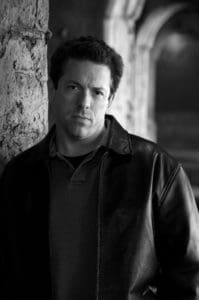 Richard Thomas is the award-winning author of eight books—Disintegration and Breaker (Penguin Random House Alibi), Transubstantiate, Staring Into the Abyss, Herniated Roots, Tribulations, Spontaneous Human Combustion (Turner Publishing), and The Soul Standard (Dzanc Books). His over 170 stories in print include The Best Horror of the Year (Volume Eleven), Cemetery Dance (twice), Behold!: Oddities, Curiosities and Undefinable Wonders (Bram Stoker winner), PANK, storySouth, Gargoyle, Weird Fiction Review, Midwestern Gothic, Shallow Creek, The Seven Deadliest, Gutted: Beautiful Horror Stories, Qualia Nous, Chiral Mad (numbers 2-4), PRISMS, Pantheon, and Shivers VI. He was also the editor of four anthologies: The New Black and Exigencies (Dark House Press), The Lineup: 20 Provocative Women Writers (Black Lawrence Press) and Burnt Tongues (Medallion Press) with Chuck Palahniuk. He has been nominated for the Bram Stoker, Shirley Jackson, Thriller, and Audie awards. In his spare time he is a columnist at Lit Reactor. He was the Editor-in-Chief at Dark House Press and Gamut Magazine. For more information visit www.whatdoesnotkillme.com or contact Paula Munier at Talcott Notch.
Richard Thomas is the award-winning author of eight books—Disintegration and Breaker (Penguin Random House Alibi), Transubstantiate, Staring Into the Abyss, Herniated Roots, Tribulations, Spontaneous Human Combustion (Turner Publishing), and The Soul Standard (Dzanc Books). His over 170 stories in print include The Best Horror of the Year (Volume Eleven), Cemetery Dance (twice), Behold!: Oddities, Curiosities and Undefinable Wonders (Bram Stoker winner), PANK, storySouth, Gargoyle, Weird Fiction Review, Midwestern Gothic, Shallow Creek, The Seven Deadliest, Gutted: Beautiful Horror Stories, Qualia Nous, Chiral Mad (numbers 2-4), PRISMS, Pantheon, and Shivers VI. He was also the editor of four anthologies: The New Black and Exigencies (Dark House Press), The Lineup: 20 Provocative Women Writers (Black Lawrence Press) and Burnt Tongues (Medallion Press) with Chuck Palahniuk. He has been nominated for the Bram Stoker, Shirley Jackson, Thriller, and Audie awards. In his spare time he is a columnist at Lit Reactor. He was the Editor-in-Chief at Dark House Press and Gamut Magazine. For more information visit www.whatdoesnotkillme.com or contact Paula Munier at Talcott Notch.

